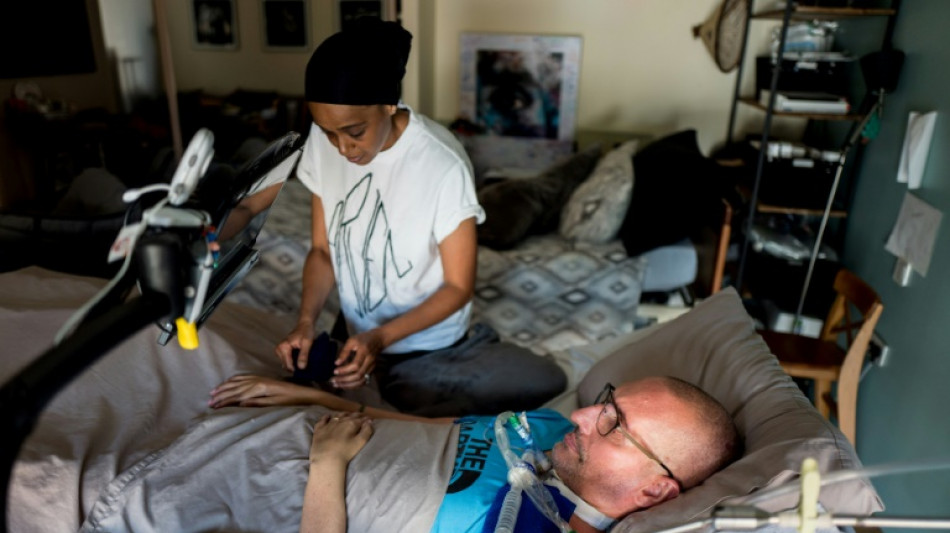
SCS
0.0200

A new treatment shows promise against the deadly neurodegenerative disease ALS, a study based on mice showed Tuesday.
Amyotrophic lateral sclerosis, sometimes called Lou Gehrig's disease after the famous baseball player, devastates nerve cells in the brain and spinal cord.
It affects about 30,000 Americans at any given time, causing progressive loss of motor and cognitive function. Most patients die within five years of their diagnosis.
In the new research, published in the journal PLOS Biology, a team led by Jeffrey Agar of Northeastern University investigated a way to target and stabilize an abundant enzyme that keeps cells safe from the toxic byproducts of consuming food and breathing oxygen.
Inherited mutations to the gene responsible for production of this protein, called SOD1, are involved in many cases of ALS, and at other times such mutations can occur without family history.
A malfunctioning SOD1 gene causes the protein to assemble into the wrong shape. This prevents it from doing its tasks, but can also trigger a build up of protein clumps that are also a hallmark of Alzheimer's, Parkinson's, and other diseases.
Agar told AFP that over the course of 12 years, he and colleagues had discovered and tested a "molecular stabilizer," S-XL6, that acts like a "stitch" and forces the protein to remain in the correct configuration.
A major challenge involved finding a molecular stitch that would only target the SOD1, not "off target" proteins, which would poison the host.
The team tested their molecule in mice that were genetically modified to have a form of ALS disease, and found it not only restored the protein's function, but stopped its secondary toxic effects too. Safety was also proven in rats and dogs.
It successfully stabilized 90 percent of SOD1 proteins in blood cells, and 60-70 percent in brain cells.
They are hoping to soon get permission to move the molecule to clinical trials in humans, and an investor has purchased the rights to a patent.
Eventually, if it proves out, Agar said he hoped it might become a co-treatment for Biogen's Qalsody, a breakthrough regimen that received accelerated approval by the Food and Drug Administration in 2023, which works by reducing the number of SOD1 gene copies the body produces.
C.Zeman--TPP